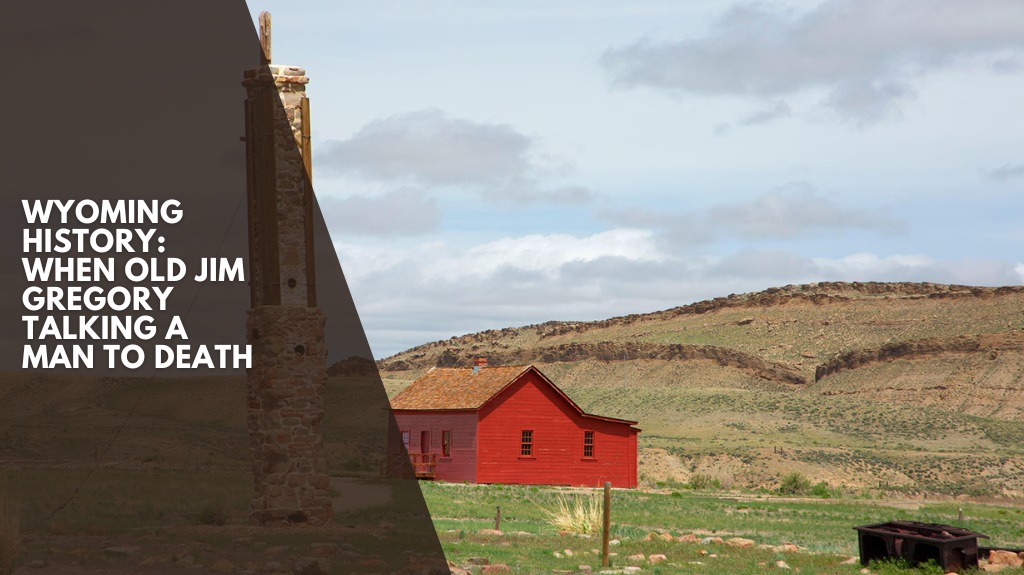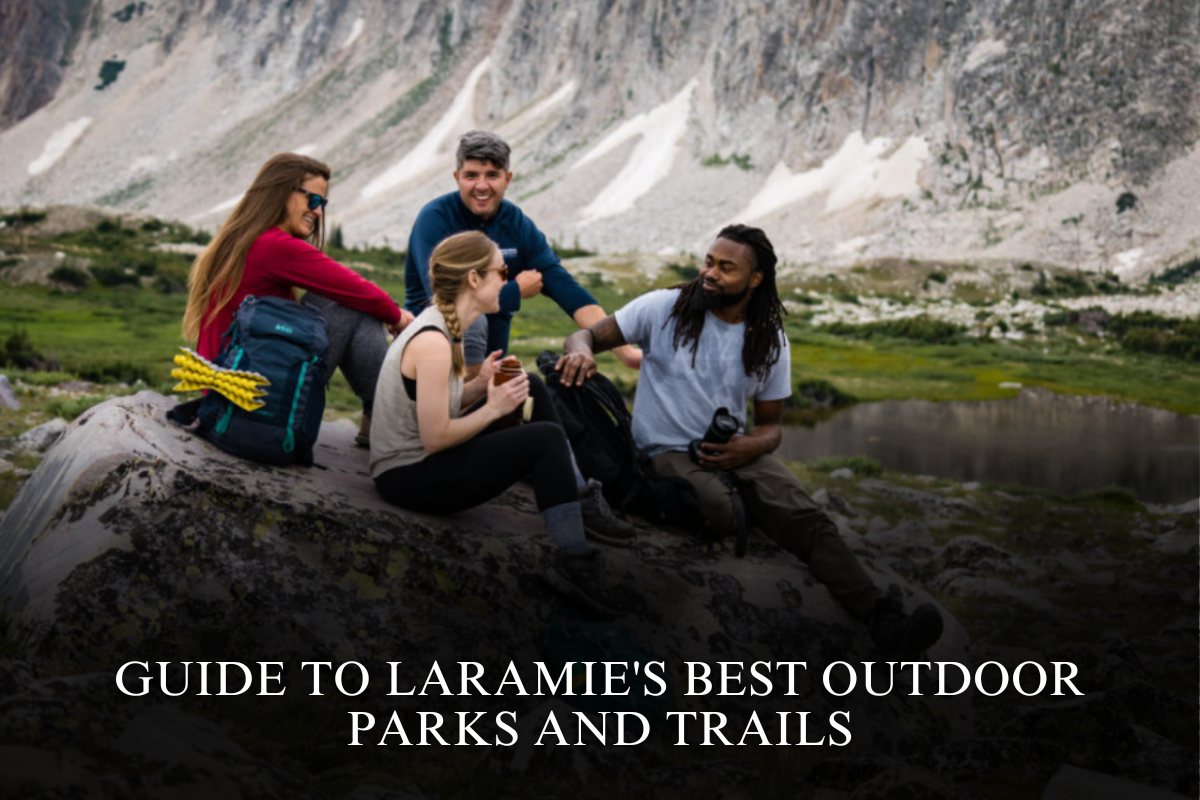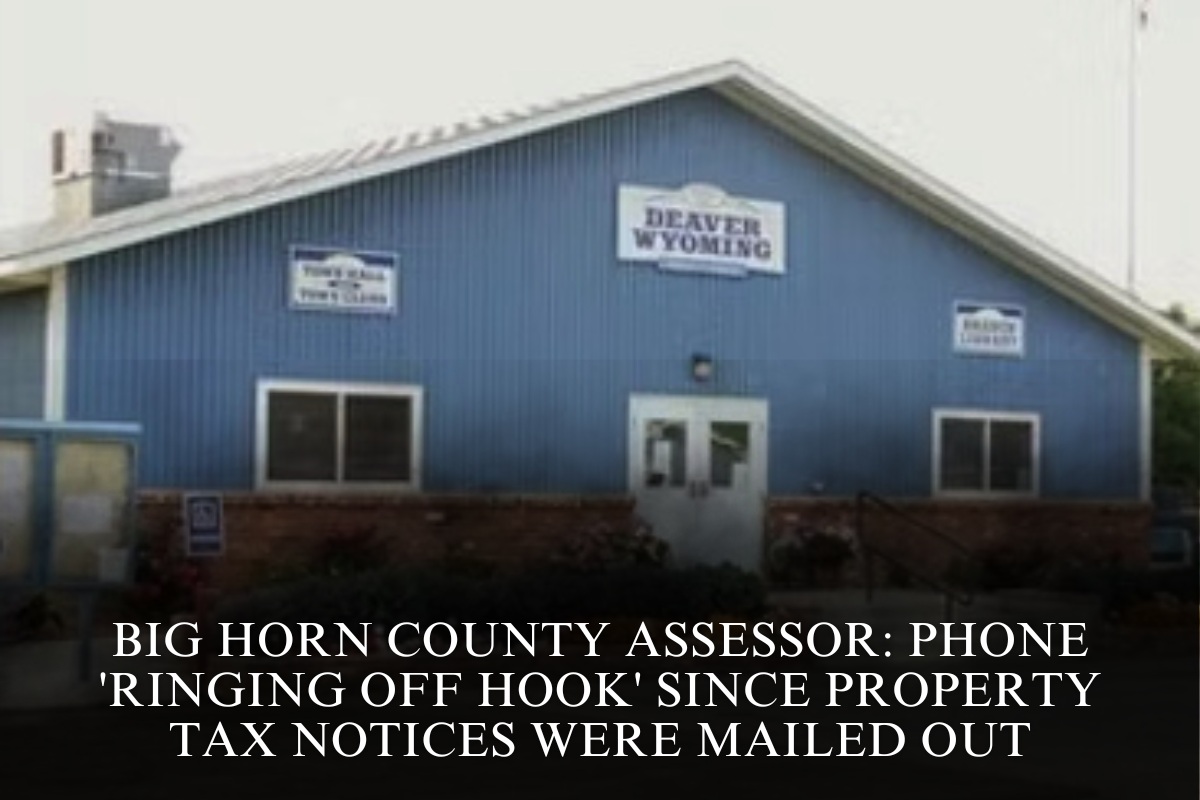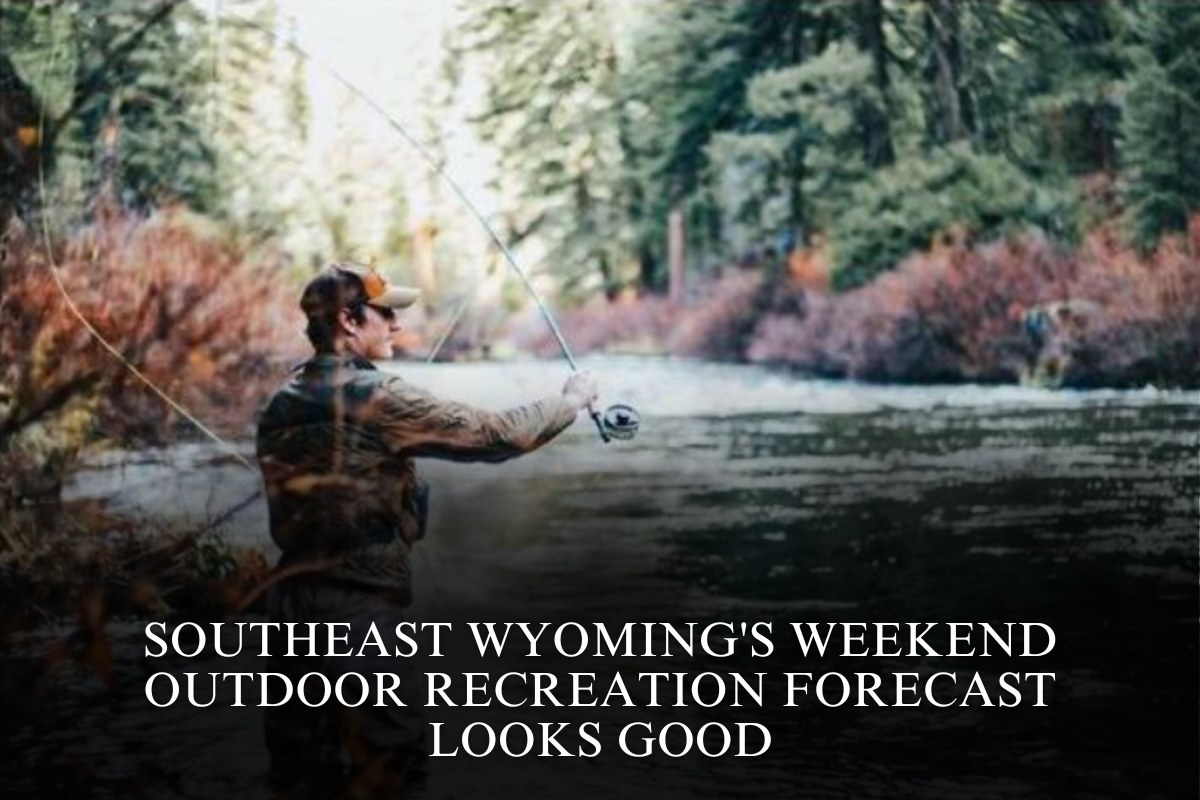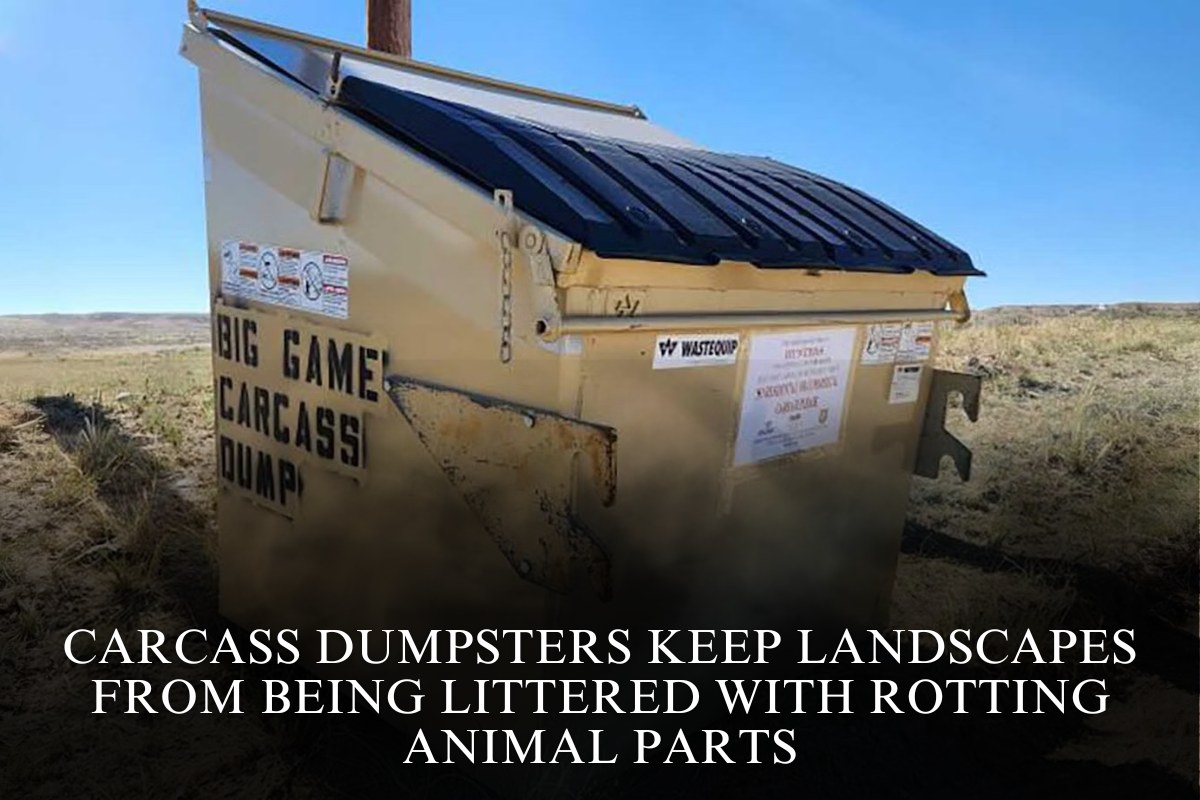Building the transcontinental railroad across the United States was a perilous undertaking.
The locations were remote, and American Indian attacks posed a constant threat. The Union Pacific Railroad crossed the North Platte River in present-day Carbon County, Wyoming, and Fort Fred Steele was built to protect the builders.
I.S. Bartlett’s “History of Wyoming, Volume 1” states that the fort was officially established on June 30, 1868, as one of three posts built along the line.
The other two outposts were Fort John Buford (later renamed Fort Sanders) near Laramie and Fort D.A. Russell in Cheyenne. Col. Richard I. Dodge founded the third fort, which he named after Maj. Gen. Frederick Steele.
Steele served in the Army during the Mexican-American War, the Yuma War, and the American Civil War. Steele died in a buggy wreck in California just a few months before the fort was built, despite having survived numerous battles and evaded capture.
Within 48 hours of Fort Fred Steele’s completion, over 500 camp followers established the nearby town of Brownsville. Five days later, Bartlett reported that the town’s population was estimated at 1,500.
The soldiers patrolled the area and were aware of the numerous threats to the fledgling town and the railroad; however, they were unable to patrol the danger in their midst.
A Cheyenne Weekly Leader correspondent was embedded with the troops at Fort Fred Steele and told the story of a horrific “murder” while talking. His letter was published in the April 4, 1878, newspaper in graphic detail, much to the horror and delight of its readers.
The Best Talker In Wyoming
It all started simply enough.
Edwin Bennett, a prominent member of the territorial legislature, once referred to his prospector and rancher friend John Mullison as “the best single-handed talker in Wyoming.”
People in the Wyoming territory generally agreed that Mullison was a “church bell,” a term used in the 1800s to describe someone whose constant talking reminded them of the constant clanging of church bells.
However, Mullison’s clanging was about to be surpassed by Old Jim Gregory.
Gregory was an elderly cattleman who used to live on the Platte River in Carbon County but had relocated.
According to the Leader’s reporter, he was known as both a talker and a businessman. When it was revealed that Gregory would be arriving by stagecoach, people reacted with trepidation.
Gregory was one of only a few people who stepped off the stage at eleven p.m. that night. He went to the only lodging house at Fort Steele with the intention of getting a good night’s sleep.
“A long journey had worn him out, and visions of a good bed and pleasant slumber flitted through his brain,” according to the journalist. “But alas for the anticipations of man; how often do they prove abortive!”
The Talking Marathon
Gregory never made it to his bed.
The first man who “tackled” the old cattleman was a local resident named Perkins, and the two began a conversation that lasted several hours.
Mullison, determined not to lose his title as Wyoming’s most talkative man, joined the conversation, while Perkins drifted away.
“Now, as I mentioned before,” the reporter said. “Mullison is no slouch at talking, and from that time on until daylight there was no sleep for anyone within hearing of Gregory and Mullison.”
At dawn, William Brauer, a local rancher who supplied the fort with hay, appeared.
According to the reporter, Brauer relieved Mullison and maintained Gregory’s level until the breakfast bell rang.
“I noticed Gregory looked pale, and seemed a little wavering, but had hopes,” the journalist reported. “Gregory arose from the table with the air of a desperate man, went to his grip-sack, took half an ounce of quinine, washed it down with a little suthin’ hot, and turned on his persecutors with the air of a man who intends to win or die.”
By 10 a.m., Brauer had had enough and left.
Gregory now had what the reporter described as a clear field. That did not imply he was going to give up. Instead, the old cattleman sat for a long time talking to a coal stove, simply out of habit.
Gregory had begun to lose hope in the one-sided conversation when John Hugas, the local judge and cattleman, introduced O.P. Johnson. According to the reporter, Gregory’s face was lit by an exultant smile.
The Showdown
Gregory measured his man, then settled himself into an easy position and he was ready for business.
“Johnson did most of the talking at first, but Gregory warmed up shortly and began to get his work in,” according to a reporter.
Those present carefully timed the conversation, and Johnson began to show signs of fatigue at the 1 hour and 10-minute mark. Thirty minutes later, Johnson’s responses were brief.
After another hour and 45 minutes, Johnson’s lips appeared to move but made no sound.
The clanging of the conversation lasted several more hours.
A few hours after Johnson stopped making coherent sounds, spectators laid him out on a shutter and summoned the post-mortem surgeon.
When the surgeon saw the body, he quickly reached his conclusion.
“This is some of Gregory’s work,” the surgeon explained. “That man ought to be hung; there is no hope, the man is already cold.”
Those who remained standing knew who had won.
“Old Jim” Gregory had earned the title of Wyoming’s best talker. A Brownsville resident took charge of the body and organized a funeral for poor Johnson, who had recently been talked to death.
“Crone took what few articles of value the man had, and we buried him and went our several ways with sad hearts,” according to a reporter.
The reporter then informed readers of the Cheyenne Weekly Leader that Gregory was still at Fort Fred Steele and Brownsville.
“Gregory is roaming about loose, seeking someone who is foolhardy enough to accept his invitation to “set down and chat a while,” the reporter said. “If you have any one in Cheyenne who wants to try his hand on this man, send him over.”
It was never revealed whether anyone else accepted the dare, but the fort itself would soon be abandoned.
In the same year as the talking competition, Gen. George Crook stated in his annual report that troops at Forts Fred Steele and Sanders were no longer necessary. Nonetheless, they are inexpensive places to station troops.”
Being cheap housing was insufficient to save the fort. Fort Fred Steele closed three years later, in 1881, and was added to the National Register of Historic Places in 1969.
It is now the Fort Fred Steele State Historic Site, the location of an infamous talking showdown.
